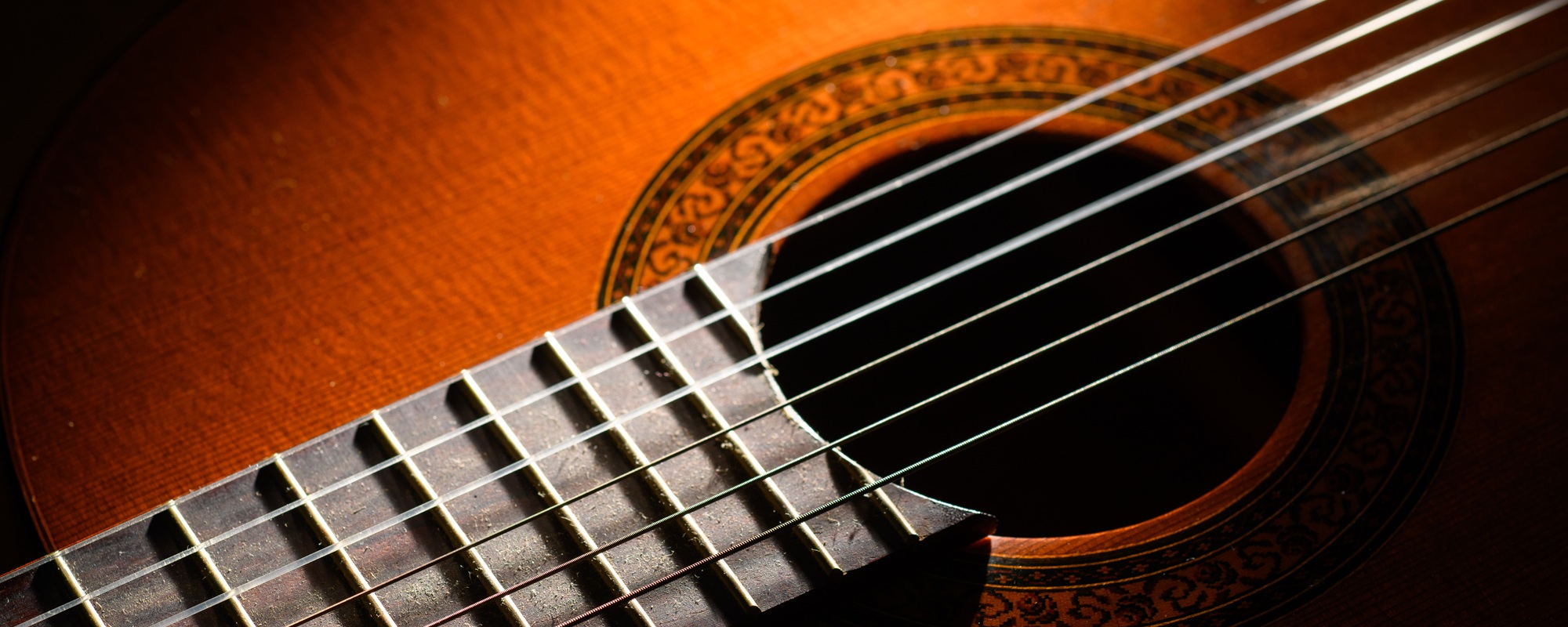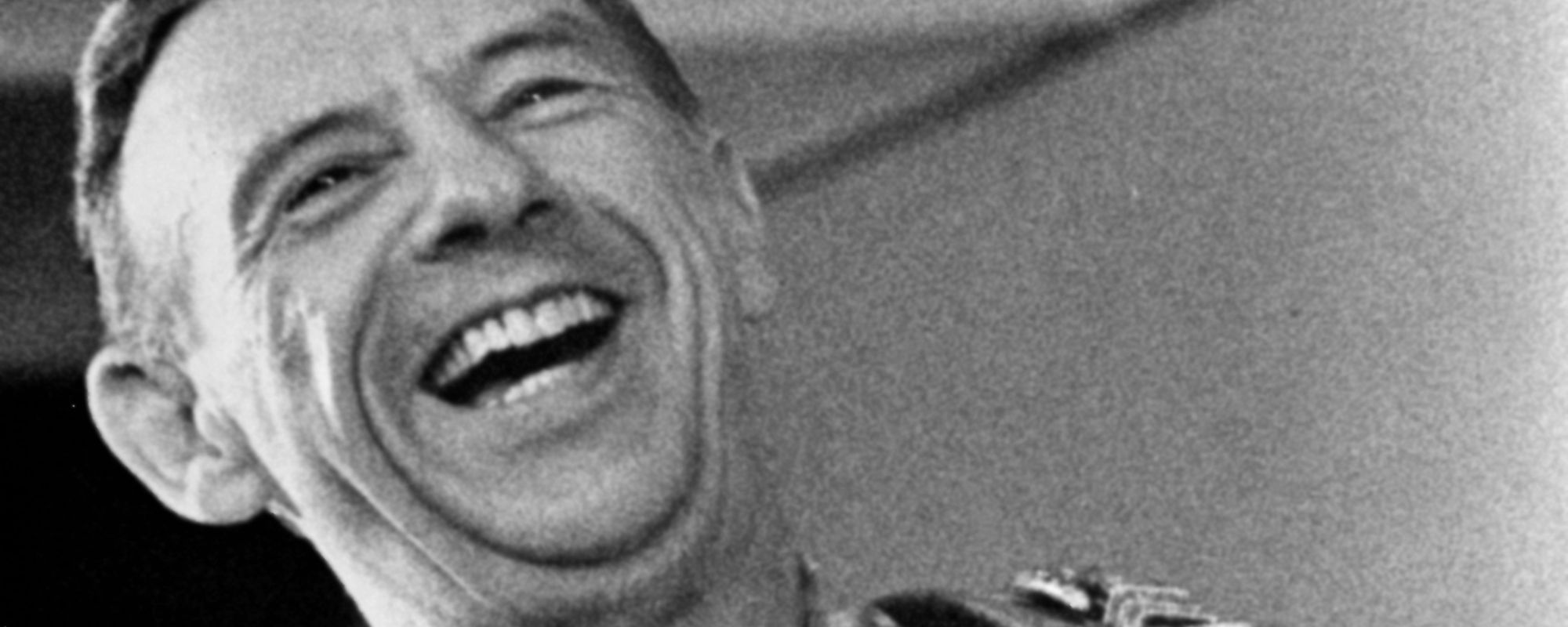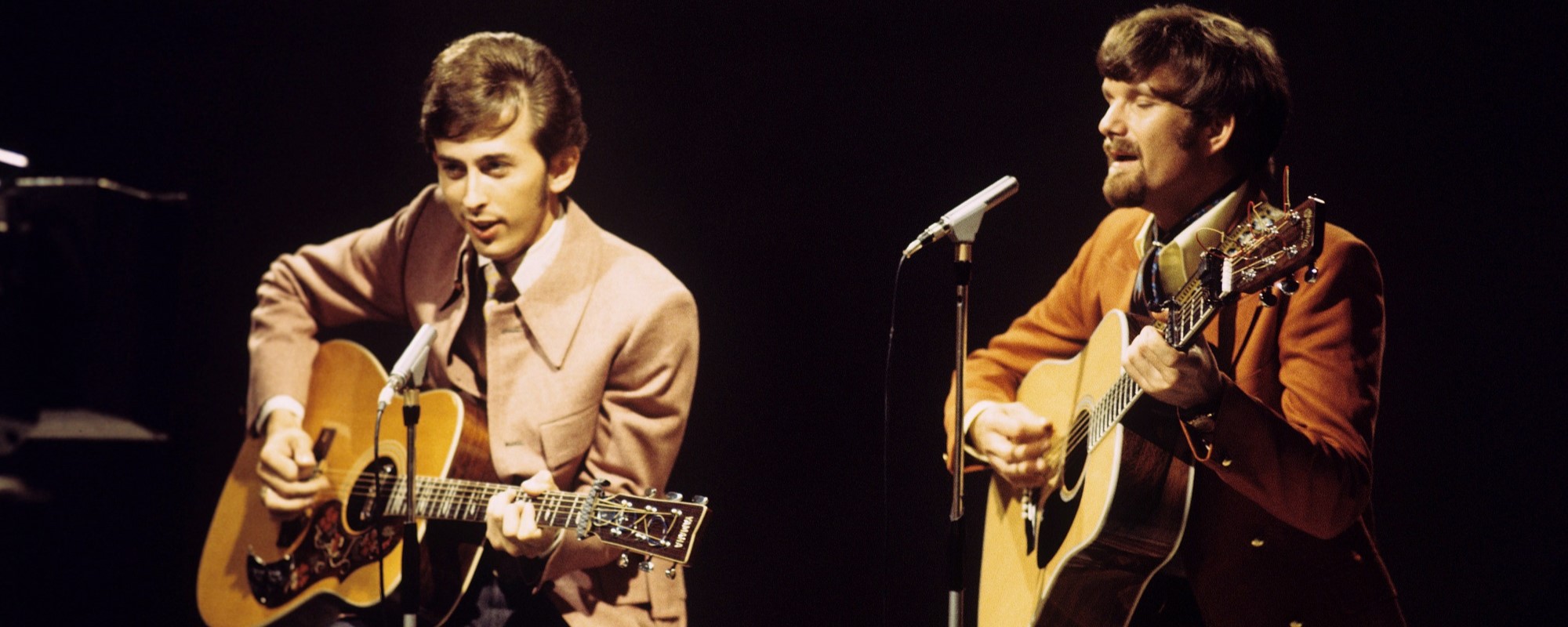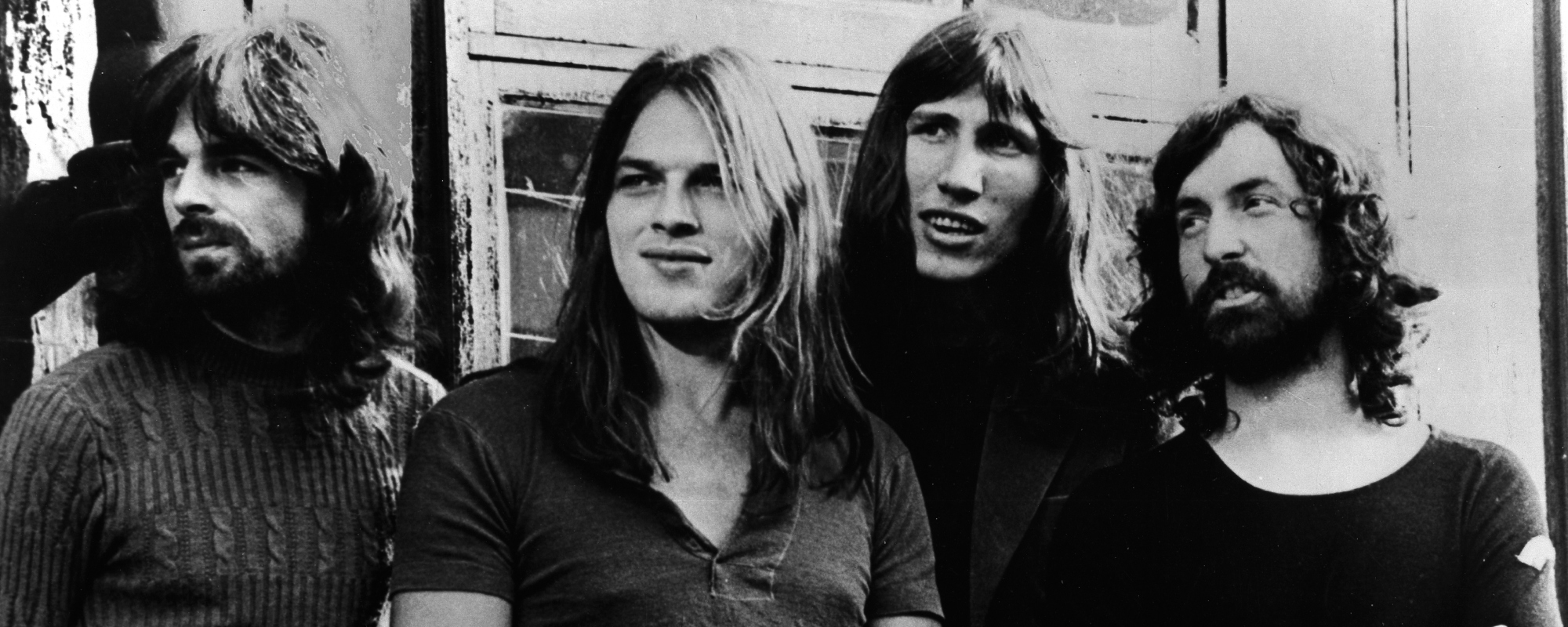Chuck Berry started a revolution when he put the guitar front and center, paving the way for classic riffs in rock music. By 1969, Jimmy Page set the standard with “Whole Lotta Love”, and decades later, Jack White dropped the 21st century’s benchmark riff, “Seven Nation Army”.
Videos by American Songwriter
Many classic ones aren’t hard to play if you’re willing to practice. However, I have one recommendation: even if you play them poorly, make it loud anyway.
“Back In Black” by AC/DC
Few riffs have inspired more people to pick up the guitar than “Back In Black”. For youngsters wanting a bit of rock in their lives, Angus Young’s defining chord progression is easy enough for a beginner to play. He also wears a schoolboy’s outfit onstage, reinforcing the forever-young vibe. (How could he not with that last name?) Young borrowed the energy from Chuck Berry’s early rock and roll, turned up the volume, and sold countless Gibson SGs with a riff that felt within reach to anyone.
“Sweet Child O’ Mine” by Guns N’ Roses
The intro to “Sweet Child O’ Mine” might tie your fingers in knots at first, but after a little practice, you’ll realize it isn’t as difficult as it sounds. The cycling riff covers three chords (D, C, and G) before returning to D. The beginning note changes with the chords, but the rest repeats through the progression until the end variation. You might impress your friends with it, but good luck once you reach the guitar solo. If this were the only song Slash ever appeared on, he’d still be a legend.
“Crazy Train” by Ozzy Osbourne
I’m only talking about the main riff here. The rest of Randy Rhoads’ masterpiece is a little tricky. The hardest part, if you’re new to the guitar, will be stretching your fingers across multiple frets. But most iconic riffs use only a few notes. You might be able to play them, but writing something this timeless remains the most elusive part. Yes, anyone can play guitar, but only a select few become rock stars. Even fewer become legends.
“Should I Stay Or Should I Go” by The Clash
Punks need great riffs, too. The Clash’s hit from Combat Rock uses only a few basic chords, but in 1982, they sounded like a battle cry. Check out The Righteous Brothers’ “Little Latin Lupe Lu” to see what inspired Mick Jones’s tune. Also, punk bands using “cowboy chords” to write songs doesn’t get old. The tempos might be quick, but the chords create the framework for a song. And the most important part of an iconic riff is and always will be the song. Otherwise, no one would have paid attention in the first place.
Photo by Ilpo Musto









Leave a Reply
Only members can comment. Become a member. Already a member? Log in.